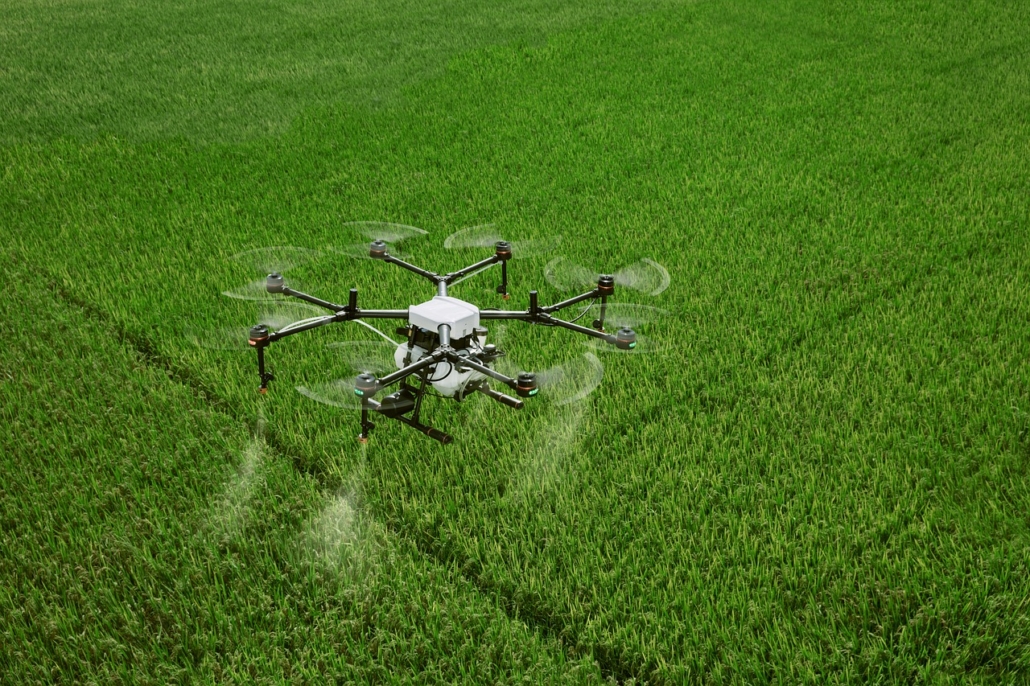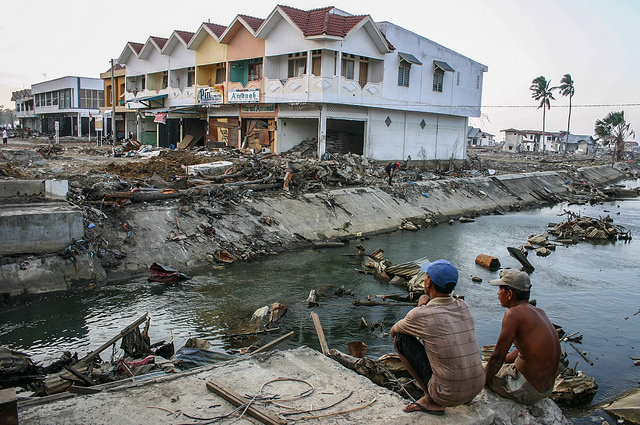 Gaming has evolved significantly from its novelty status in the 1950s to become a major industry, featuring several prominent companies that release high-budget titles. Within this expansive industry, some companies dedicate efforts to significant humanitarian work that benefits developing nations. A notable instance is the partnership between Direct Relief and Bungie, which has made considerable impacts despite limited coverage in mainstream media and gaming publications.
Gaming has evolved significantly from its novelty status in the 1950s to become a major industry, featuring several prominent companies that release high-budget titles. Within this expansive industry, some companies dedicate efforts to significant humanitarian work that benefits developing nations. A notable instance is the partnership between Direct Relief and Bungie, which has made considerable impacts despite limited coverage in mainstream media and gaming publications.
A Bungie Crash Course
Bungie is a “Triple A” video game development studio and publisher. It is best known for creating the Destiny series of live-service first-person shooters. The series is wildly popular and currently has two games; both installments have released several expansions. Within Destiny’s first week on the market in 2014, it made back its $500 million investment.
Work with Direct Relief Gaming
Direct Relief is a humanitarian organization focused on combating global poverty and responding to natural disasters. A lesser-known division, Direct Relief Gaming, collaborates extensively with gaming content creators and hosts its own charity livestream series, the Direct Relief Colosseum. This division has uniquely partnered with a game developer, Bungie, through the Bungie Foundation. While the Bungie Foundation primarily supports children’s initiatives, it has joined forces with Direct Relief several times to aid in disaster relief and pandemic responses, leveraging its community’s engagement for broader humanitarian impact.
Work In Nepal
In 2015, Nepal suffered from two high-magnitude earthquakes within three weeks, causing widespread devastation, displacement and critical injuries. In response, Direct Relief partnered with Bungie to raise funds for the victims. Bungie offered T-shirts and digital in-game items like shaders and emblems for sale, with all proceeds going to earthquake relief. The gaming community enthusiastically supported the initiative, purchasing more than 50,000 shirts. This effort successfully raised more than $1 million, making Bungie the largest single contributor to the relief efforts and marking the campaign as Bungie’s most successful charitable fundraiser. Due to this partnership, Direct Relief distributed essential medical supplies to organizations operating in Nepal.
Guardian’s Heart and COVID-19
During the COVID-19 pandemic, Direct Relief emerged as one of the largest humanitarian organizations distributing supplies globally. Partnering with Bungie, they launched the Guardian’s Heart fundraiser, which offered a special in-game emblem in Destiny 2 to donors contributing at least $20. The campaign successfully raised more than $780,000, funding critical medical supplies for first responders, especially in low- and middle-income countries with limited access. This initiative was part of Direct Relief’s broader impact during the pandemic; within a year, the organization donated 82 million units of personal protective equipment, 173 million defined daily doses of essential medicines and 36,000 pieces of diagnostic and intensive care equipment. Its efforts spanned more than 100 countries and distributed more than $50 million to health care providers worldwide, demonstrating a profound and far-reaching impact.
Looking Ahead
Bungie’s partnership with Direct Relief has made substantial impacts on global humanitarian efforts, particularly during crises like the Nepal earthquakes and the COVID-19 pandemic. Through innovative fundraising campaigns involving their gaming community, Bungie has raised significant funds to support disaster relief and medical supply distribution. These ongoing efforts highlight the role that the gaming industry can potentially contribute to global humanitarian causes.
– Meredith Wyrick
Meredith is based in Magnolia, TX, USA and focuses on Good News and Global Health for The Borgen Project.
Photo: Flickr
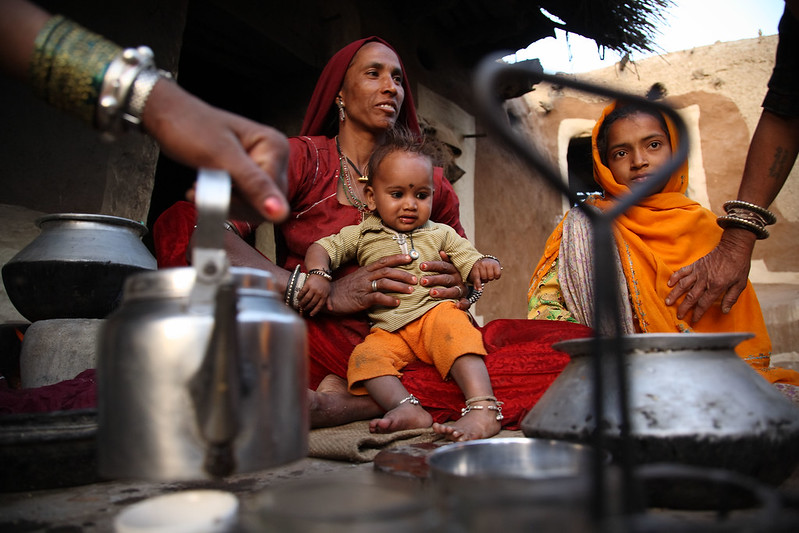
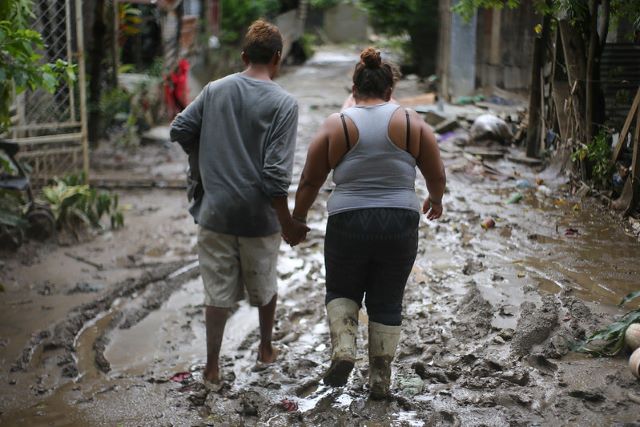 On November 2, 2020,
On November 2, 2020, 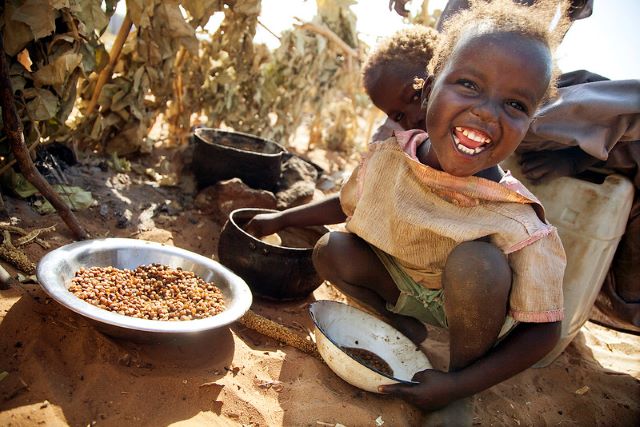 Sudan’s position on the list of states that sponsor terrorism restricted their trades, imports and economy. However, with the recent removal, Sudan has already reaped the benefits of foreign aid from the United States.
Sudan’s position on the list of states that sponsor terrorism restricted their trades, imports and economy. However, with the recent removal, Sudan has already reaped the benefits of foreign aid from the United States. 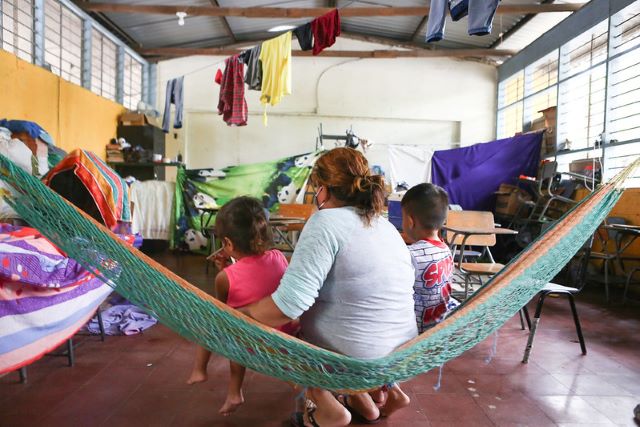 In November 2020, Hurricane Eta and Hurricane Iota made landfall just two weeks apart in northeastern Nicaragua. The hurricanes spread across Central America. Honduras was one of the countries hit with severe destruction. In the wake of these storms, homelessness in Honduras reached all-time highs and an active humanitarian crisis unfolded as humanitarian organizations and policymakers struggled to contend with flooding, displacement and the spread of COVID-19. The aftermath of hurricanes in Honduras requires urgent humanitarian aid.
In November 2020, Hurricane Eta and Hurricane Iota made landfall just two weeks apart in northeastern Nicaragua. The hurricanes spread across Central America. Honduras was one of the countries hit with severe destruction. In the wake of these storms, homelessness in Honduras reached all-time highs and an active humanitarian crisis unfolded as humanitarian organizations and policymakers struggled to contend with flooding, displacement and the spread of COVID-19. The aftermath of hurricanes in Honduras requires urgent humanitarian aid.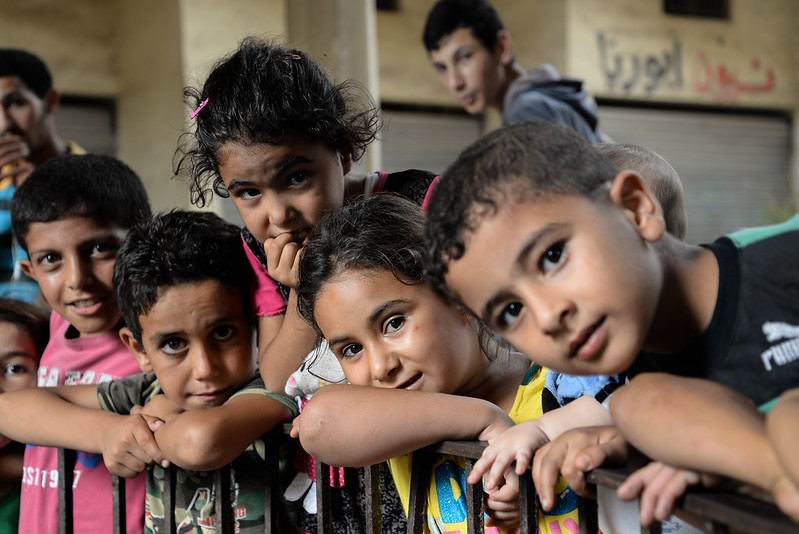 Organizations all over the world have come together to
Organizations all over the world have come together to 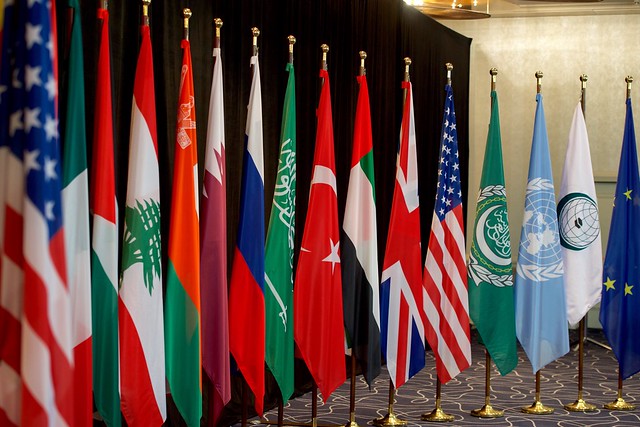 In February, the U.N. declared that 109 million people were in critical circumstances. In other words, international assistance is more important than ever. Countries around the world are fighting to alleviate global poverty, but some are doing a better job than others. Read further to find out which nations make the list for the top 10 countries contributing to foreign aid.
In February, the U.N. declared that 109 million people were in critical circumstances. In other words, international assistance is more important than ever. Countries around the world are fighting to alleviate global poverty, but some are doing a better job than others. Read further to find out which nations make the list for the top 10 countries contributing to foreign aid.
